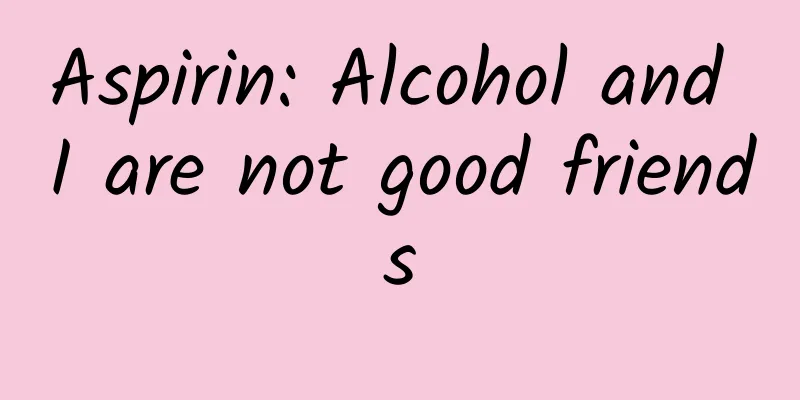Can a "hole" melt an iceberg?

|
In 2014, American baseball player Pete Frates initiated the "Ice Bucket Challenge", which was followed by many sports, technology and entertainment celebrities, and its influence quickly expanded to the world. The event aims to raise research funds for ALS and increase public awareness of the disease. Ice Bucket Challenge (Photo source: veer photo gallery) Amyotrophic lateral sclerosis (ALS) is also known as "loose freezing" because people with this disease feel as if their bodies are gradually frozen: today it may be fingers, tomorrow it may be arms, and finally it may spread to legs, trunks, and even throat muscles, respiratory muscles... Such patients are commonly known as "loose freezing people". Although the symptoms are obvious, the exact cause of the disease is still unclear. The disease is listed as one of the "five incurable diseases in the world" by the World Health Organization, along with cancer, AIDS, leukemia, and rheumatoid arthritis. ALS (Photo source: veer photo gallery) ALS is a neurodegenerative disease that develops in adults and progresses rapidly. The most notable feature is the degeneration and death of upper motor neurons and lower motor neurons. Upper motor neurons connect the brain to the spinal cord, while lower motor neurons connect upper motor neurons in the spine to the muscles of the body. Motor neurons are cells responsible for voluntary muscle contraction and are mainly involved in movement and important physiological functions such as swallowing, vocalization and breathing. The degeneration of both means that the muscles they control gradually become weak and atrophy. A patient with ALS described his physical condition like this: he needed someone to help him walk the 5-meter distance from getting up to the bathroom, his swallowing and expectoration became worse, his breathing began to fail, he had to wear a ventilator all night, and his body functions declined across the board. This may be the most desperate moment for ALS patients: they gradually lose control of their bodies, but they are powerless. Since ALS cannot be cured at present, are there any drugs that can relieve the symptoms? Part 1 Two drugs approved for clinical use Currently, there are only two drugs approved for the treatment of ALS: Rilutek and Edaravone. The active ingredient of Rilutide is riluzole, which can block sodium ion channels and is a glutamate inhibitor (it is generally believed that excessive glutamate can be neurotoxic, and many ALS patients have abnormally high levels of glutamate in their bodies). This drug can control the glutamate content in nerve cells and may be effective for ALS, but its specific treatment mechanism has not yet been determined. Edaravone is currently mainly used for cerebrovascular diseases to eliminate free radicals produced in cells after ischemia and protect blood vessels, but its mechanism for treating ALS is currently unclear. Riruta and Edaravone can only prolong the survival of ALS patients and must be used in the early stages of the disease. They have no therapeutic effect on patients in the late stages. ALS patients still need more effective drugs to save them. Scientists have been continuously exploring the development of drugs to treat ALS. Treating ALS (Photo source: veer photo gallery) Part 2 New progress in research on the pathogenesis of ALS Why is it so difficult to develop drugs for ALS? This is mainly due to the complexity of the pathological mechanism of ALS. The pathological mechanism of ALS involves multiple cell types and molecular pathways, and the core issues include gene mutation, protein aggregation, neuroinflammation, ion channel and neurotransmitter imbalance, axonal transport disorder, mitochondrial dysfunction, RNA metabolism abnormalities, and disruption of intercellular communication. These mechanisms interact with each other, leading to the gradual degeneration and death of neurons. Among them, the mechanism of ion channel and neurotransmitter imbalance refers to the abnormal increase in cell excitability caused by calcium ion homeostasis imbalance and increased glutamate, which triggers cell death. In view of this situation, it is particularly important to strengthen research on the pathological mechanism of ALS. In May 2023, researchers from the Shanghai Institute of Materia Medica, Chinese Academy of Sciences, conducted new research on the mechanism of ion channel and neurotransmitter imbalance. The researchers discovered an anion channel CLCC1 located in the cell, which can assist in the release of calcium ions and regulate ion balance. The loss of CLCC1 function will disrupt the intracellular ion homeostasis and induce pathological changes associated with ALS, so it may be a potential drug target. The researchers sequenced the genomes of 670 sporadic ALS patients and 1,910 controls (healthy people). They found eight gene mutations related to CLCC1 in the patients' gene sequences. These mutations impaired the calcium ion release of the CLCC1 channel. In addition, the researchers found accumulation of misfolded proteins in the brain and spinal cord of the mutant mice, which is consistent with the pathological changes in ALS patients. In the choline acetyl transferase (ChAT)-positive spinal motor neurons of mice, reducing CLCC1 led to ubiquitinated inclusion bodies and dislocation of TDP-43 protein (TAR DNA binding protein-43), which is the pathological hallmark of ALS and motor neuron loss. Therefore, this study revealed that damage to CLCC1, a "small pore" located in the mitochondria, may be the basis for the etiology of many neurodegenerative diseases, especially one of the important causes of ALS. If a corresponding drug is found to enhance this channel in the cells of ALS patients, a new ALS treatment drug may be developed. References: Guo L, Mao Q, He J, Liu X, Piao Author: Zhan Li (Shanghai Institute of Materia Medica, Chinese Academy of Sciences) Producer: China Science Expo This article only represents the author's views and does not represent the position of China Science Expo |
<<: When pre-prepared dishes appear on the New Year’s Eve dinner table, what will you choose?
Recommend
Why do I feel pain on both sides of my breasts?
Some girls aged thirteen or fourteen will feel br...
Don’t be angry or anxious! These skin problems that damage your appearance are all psychologically related.
A suggestion for everyone Be happy now! Image sou...
The correct exercise method for women to tighten their vagina
Vaginal health can not only prevent bacteria, but...
Problems with the incision of the second cesarean section
I believe many women pay special attention to the...
What are the causes and treatments for cervical hypertrophy?
This uterus is a special part of the female body....
Can I eat during early pregnancy to determine if it's a boy or a girl?
Your appetite will increase in the early stages o...
Six months of pregnancy
Under normal circumstances, a woman's pregnan...
How to clean the vulva
Women need to pay special attention to the hygien...
The vaginal discharge below is like snot
If the leucorrhea is like snot, it is generally a...
Can pregnant women use Honghe Fujie Wash?
Honghe Fujie Wash has anti-inflammatory and bacte...
What is the reason for menstrual bleeding?
The simplest way to tell whether a person is preg...
Do you need to add onions, ginger and garlic when boiling lard? When should you add onions, ginger and garlic when boiling lard?
We all know that lard is a common edible oil. It ...
Can a girl's big head become smaller?
It is a common condition for girls to have big he...
Quickly relieve postpartum anal pain
Rapid weight loss will cause anal pain, mainly be...
What should I do if I have lumps in my breasts when I am weaning? These methods solve
It is very common for women to develop lumps in t...









